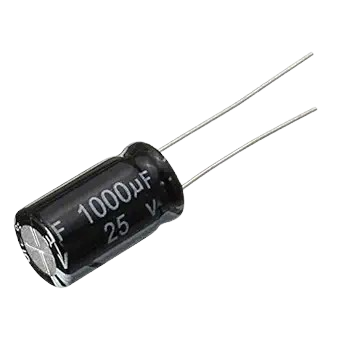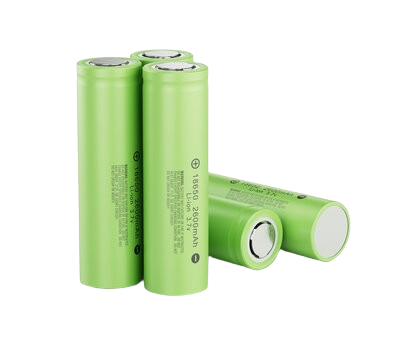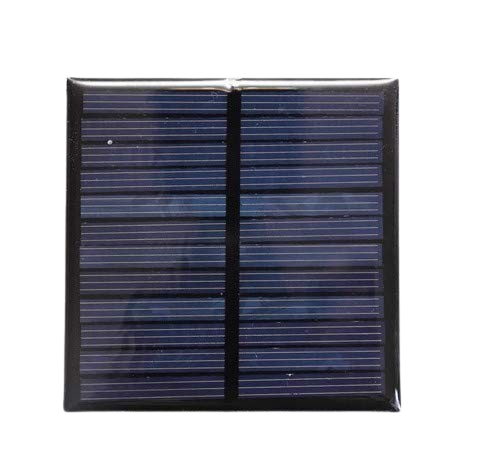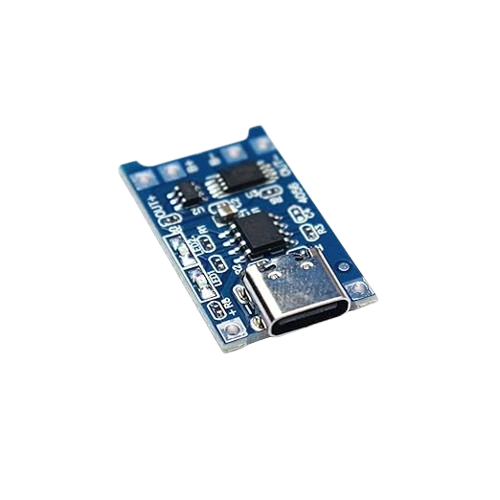Capacitors: Types, Working, Applications, Selection Guide & Complete Technical Overview

Overview
Introduction
A capacitor is one of the most fundamental passive components in electronic circuits. It stores and releases electrical energy in the form of an electric field. Whether you're designing a simple power supply or a complex signal-processing system, capacitors play a vital role in ensuring stability, performance, and signal integrity.
In this guide, we’ll explore what a capacitor is, how it works, its various types, common applications, selection criteria, and even a real-world example — all explained in simple and technical language.
What is a Capacitor?
A capacitor is an electronic component that temporarily stores electrical energy in an electric field. It consists of two conductive plates (electrodes) separated by a dielectric material. When a voltage is applied across the plates, an electric charge builds up and is stored.
How Do Capacitors Work?
Capacitors work based on the principle of electrostatic charge storage. When a voltage is applied:
-
One plate accumulates positive charge
-
The other accumulates negative charge
-
The dielectric prevents direct current flow while allowing the field to build
The amount of charge a capacitor can store is determined by its capacitance, measured in Farads (F). Most practical capacitors are in microfarads (μF), nanofarads (nF), or picofarads (pF).
Capacitance Formula
C=ε⋅AdC = \frac{ε \cdot A}{d} Where:-
CC = Capacitance (Farads)
-
εε = Dielectric permittivity
-
AA = Area of the plates
-
dd = Distance between the plates
Types of Capacitors (with Keywords)
1. Ceramic Capacitor
- Made from ceramic materials
- Small, inexpensive, and non-polarized
- Common values: 10pF to 100nF
- Ideal for high-frequency applications
2. Electrolytic Capacitor
- Uses electrolyte as dielectric
- High capacitance (1μF to 10,000μF)
- Polarized; used in power supply filters
3. Tantalum Capacitor
- Smaller than electrolytic
- Stable and reliable
- Sensitive to polarity and overvoltage
4. Film Capacitor
- Uses plastic film as dielectric
- Excellent for AC signal and timing circuits
- Highly stable over time
5. Super Capacitor (Ultracapacitor)
- High capacitance (up to thousands of Farads)
- Stores large amounts of energy
- Used in backup power and energy harvesting
6. Mica Capacitor
- Made using mica dielectric
- High precision, low loss
- Expensive, used in RF circuits
7. Paper Capacitor
- Obsolete now; used paper as dielectric
- Replaced by modern film types
Applications of Capacitors
-
Power Supply Filtering: Smooth out AC ripple
-
Signal Coupling and Decoupling: Isolate AC and DC components
-
Energy Storage: Temporary power source
-
Timing Circuits: In RC and LC circuits
-
Motor Starters: Phase shifting in AC motors
-
Tuning Circuits: In radios and oscillators
-
Snubber Circuits: Suppress voltage spikes
Capacitor Selection Guide
While selecting a capacitor, consider the following factors:| Parameter | Importance |
|---|---|
| Capacitance Value | Must match your circuit’s requirements |
| Voltage Rating | Should be at least 20–30% higher than operating voltage |
| Tolerance | Indicates how accurate the value is |
| Temperature Coefficient | For stability in varying environments |
| ESR (Equivalent Series Resistance) | Affects performance at high frequency |
| Physical Size | Important for compact or portable designs |
| Dielectric Type | Defines electrical and thermal behavior |
Real-World Example: Capacitor in Power Supply Filter
Use Case:
Let’s say you are building a DC power supply from an AC source. After rectification, the DC signal has ripples. You can use an electrolytic capacitor to smooth the output.
Working:
- The capacitor charges when voltage rises
- It discharges when voltage drops
- This reduces the ripple and provides a stable DC output
Components Used:
- 1000μF, 25V electrolytic capacitor
- 1N4007 diodes for bridge rectifier
- 12V transformer
Result:
The ripple is minimized, and your DC output becomes stable enough to power sensitive electronic circuits.Capacitor Color Code Chart (For Reference)
| Color | Digit | Multiplier |
|---|---|---|
| Black | 0 | ×1 |
| Brown | 1 | ×10 |
| Red | 2 | ×100 |
| Orange | 3 | ×1,000 |
Note: Modern capacitors often have numerical codes instead.
Where to Buy
Prices may vary. Click on "Buy Now" to check current availability and pricing.
Administrator
Frequently Asked Questions
Common questions about Capacitors: Types, Working, Applications, Selection Guide & Complete Technical Overview. Find answers to the most frequently asked questions.
User Reviews & Comments
Share your experience with this IoT Blog. Your feedback helps our community make informed decisions!
Share Your Experience
Help others by sharing your thoughts about this IoT Blog.
Related Blogs
Explore more IoT Blogs in the same category

Li-ion Batteries for IoT: Maximizing Performance, Longevity, and Efficiency
Power Supply
Dive deep into the world of Li-ion batteries tailored for IoT applications. This detailed resource covers everything from fundamental principles to advanced optimization techniques. Understand how to choose the right battery, extend device runtime, and enhance overall system reliability, all crucial for your connected innovations.

Solar Panel: Types, Benefits, Installation Cost, and Maintenance Guide for Home & Commercial Use (2025)
Power Supply
Discover everything about solar panels in this complete guide covering types, benefits, installation cost, and maintenance tips. Whether you're planning for home or commercial use, learn how solar energy can reduce your electricity bills and promote sustainability. Ideal for beginners and property owners exploring solar power solutions in 2025.

TP4056 Battery Charging Module: Working, Features, Pinout & Safe Usage Guide
Power Supply
TP4056 is a compact lithium-ion battery charging module known for its simplicity, safety, and efficient performance. This guide covers its working, features, pin configuration, and safety usage tips, making it ideal for electronics enthusiasts and DIY battery charger projects. Learn how to use TP4056 effectively without overcharging or damaging your batteries.
No Reviews Yet
Be the first to share your experience with this IoT Blog!